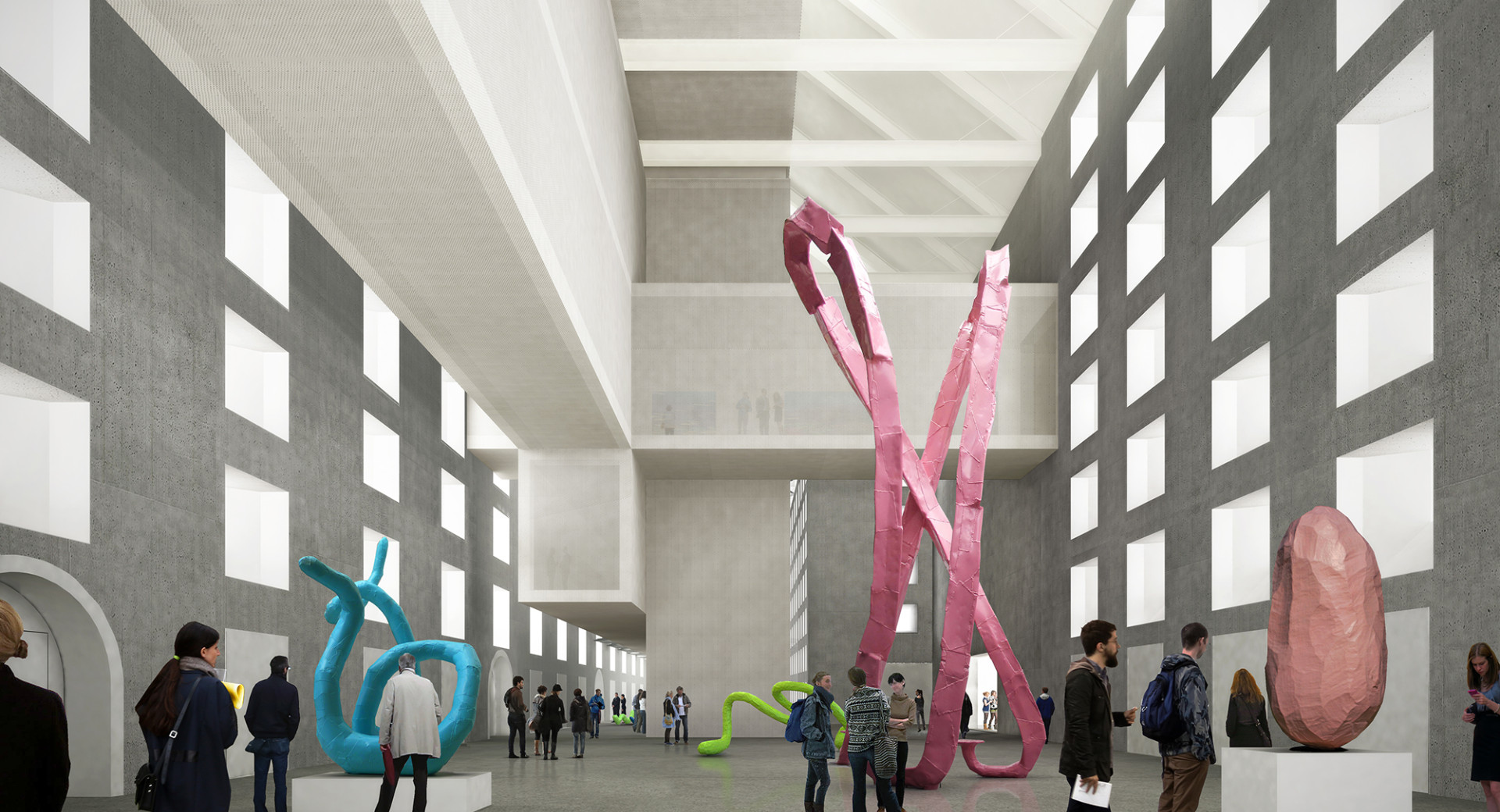CUKRARNA - A NEW SPACE FOR THE PRODUCTION AND PRESENTATION OF CONTEMPORARY ART
19 Oct 2021
In September, on the site of the former sugar refining complex, the doors opened to a new space for the production and presentation of contemporary art, a modern exhibition space which due to its history also represents a special urban feature, called locally Cukrarna. Cukrarna has a varied history, at times dark and sad, but it also represents a source of inspiration and life force.

© Marko Studen
The building, which is one of the finest examples of monumental industrial architecture in Ljubljana, was built in 1828 as a sugar refinery. In 1835 the first steam engine on the territory of present-day Slovenia chugged into life at this location. Following a serious fire in the refinery in 1858, Cukrarna was converted to a tobacco factory, and then to a textile factory. Later, it was used as a barracks for soldiers. Following the great earthquake of 1895, it was increasingly used as emergency housing for the most vulnerable classes of the city’s inhabitants. The symbolic identity of Cukrarna was significantly influenced by Slovenian modernist writers (Dragotin Kette, Josip Murn, Ivan Cankar, Oton Župančič and others), whose works contain frequent references to the state of the building. The building had started deteriorating in the second half of the 19th century, and although individual parts of it had been repaired, most of Ljubljana’s largest building (in terms of volume) had essentially been left to decay.
The reconstruction of Cukrarna, begun in 2018, took place in the context of the Cukrarna Gallery Development Project, which was jointly funded by the City of Ljubljana, the European Regional Development Fund and the Republic of Slovenia.
An essential part of the renovation was structural rehabilitation that reinforced the dilapidated existing structure to the point that it meets modern standards and at the same time gave the building a wholly independent new inner structure. The exterior of this former factory with its 366 windows has protected monument status and represented the part of the structure which the architects wished to preserve in the extensive renovations, since this was essential for maintaining the identity of Cukrarna. Reconstruction of the building included the arrangement of its surroundings for the purpose of revitalising the wider city centre area.
In this way the City of Ljubljana has improved the urban environment and added a cultural enhancement to the wider city centre area.
Currently fifteen contemporary artists present their works at the international collective exhibition Čudovitost spomina/The wonderfulness of memory at Cukrarna: Rosa Barba, Sophie Calle, Janet Cardiff, Jimmie Durham, Vadim Fishkin, Teresa Margolles, Ernesto Neto, Adrian Paci, Lia Perjovschi, Marjetica Potrč, Tobias Putrih, Miha Štrukelj, Aleksandra Vajd & Anetta Mona Chisa and Samson Young.
More information about Cukrarna, its history, renovation and its existing purpose services can be found at https://cukrarna.art/en/about-us/
